The USS Tarawa, a once formidable force in the U.S. naval fleet, met a dramatic end as the United States military strategically sank it using stealth explosives.
A move seen as a stern message to China, this operation used the ship’s decommissioning as an opportunity for a powerful display of military prowess.
The USS Tarawa’s Final Voyage
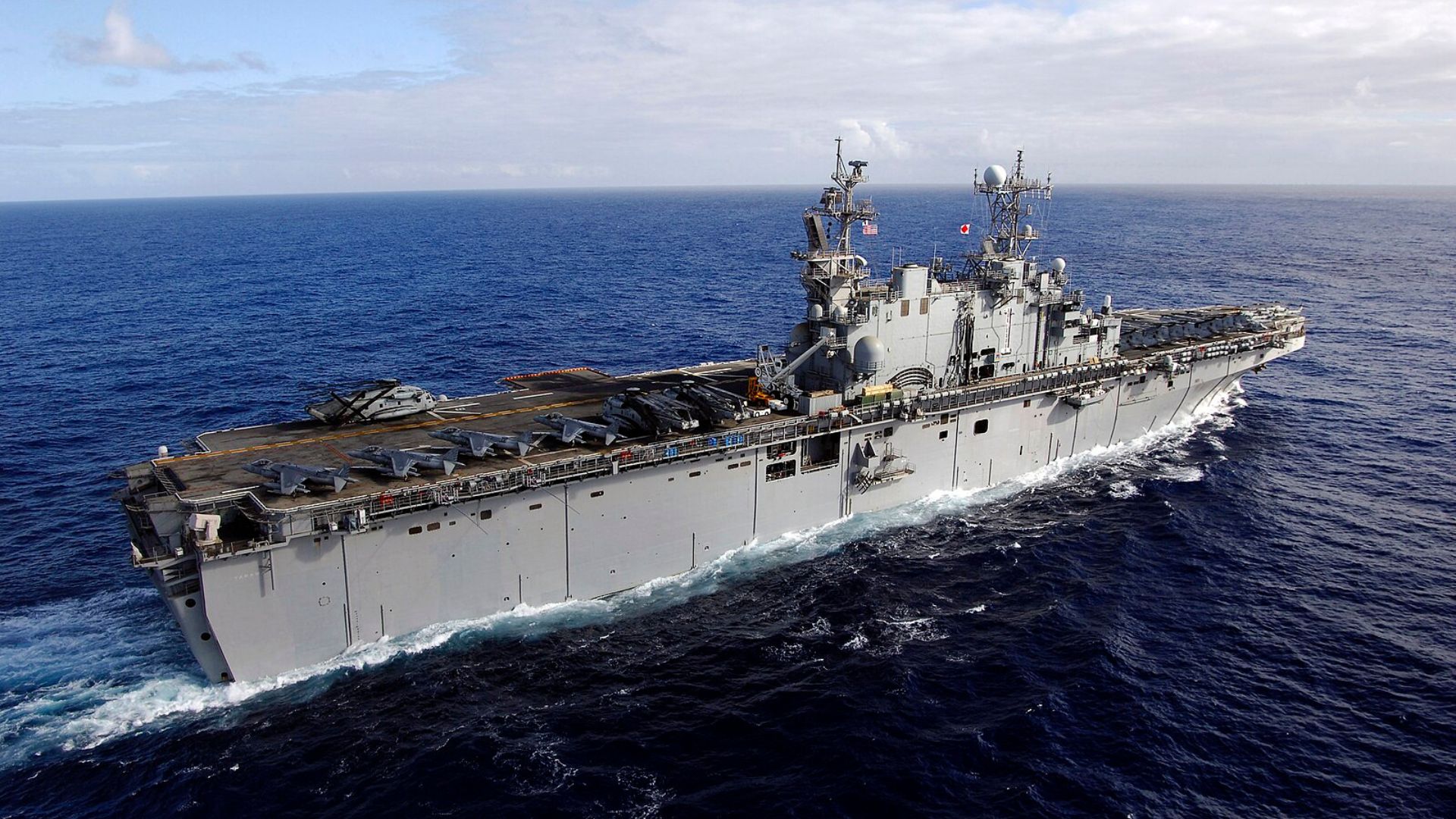
From 1976 to 2009, the 39,000-ton USS Tarawa served with distinction. Its last journey, however, was under the force of an Air Force B-2 stealth bomber.
This wasn’t just a training exercise — it was a calculated maneuver in the vast Pacific waters, hinting at the rising tensions between superpowers.
A Sinking Exercise

The sinking of the USS Tarawa was part of a naval exercise that takes place twice a year.
The Rim of the Pacific is the largest naval exercise in the world. The exercise always includes the sinking of a decommissioned U.S. Navy warship. Vice Admiral John Wade told Stripes that the sinking exercise allows the Navy to practice with multiple weapons systems.
A Major Military Event
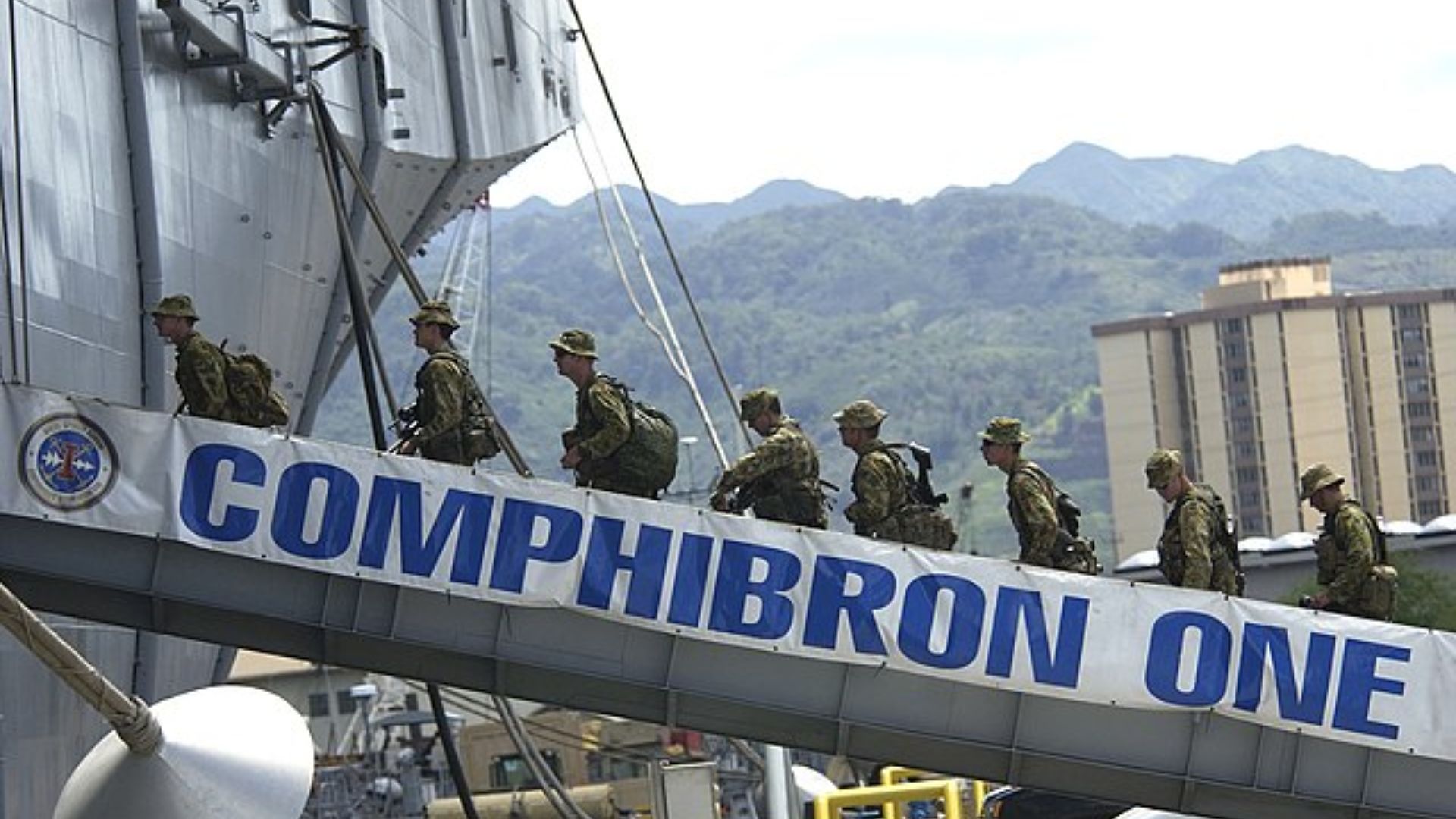
This year, 28 partner nations are taking part in the exercise.
However, China, the largest naval power in the world, has been absent from the exercise since 2016. Chilean Navy Commodore and RIMPAC’s deputy commander for 2024, Alberto Guerrero, said: “Every nation in the world that has interests in the Pacific and will adhere to the same values is more than welcome to participate.”
China’s Sharp Response

The Global Times, a voice of Beijing, didn’t mince words, calling the exercise a clear threat to China.
They noted, “This is clearly aimed at China,” pointing out that the U.S. perceives China as a key adversary with similar naval capabilities in the region.
A Targeted Selection
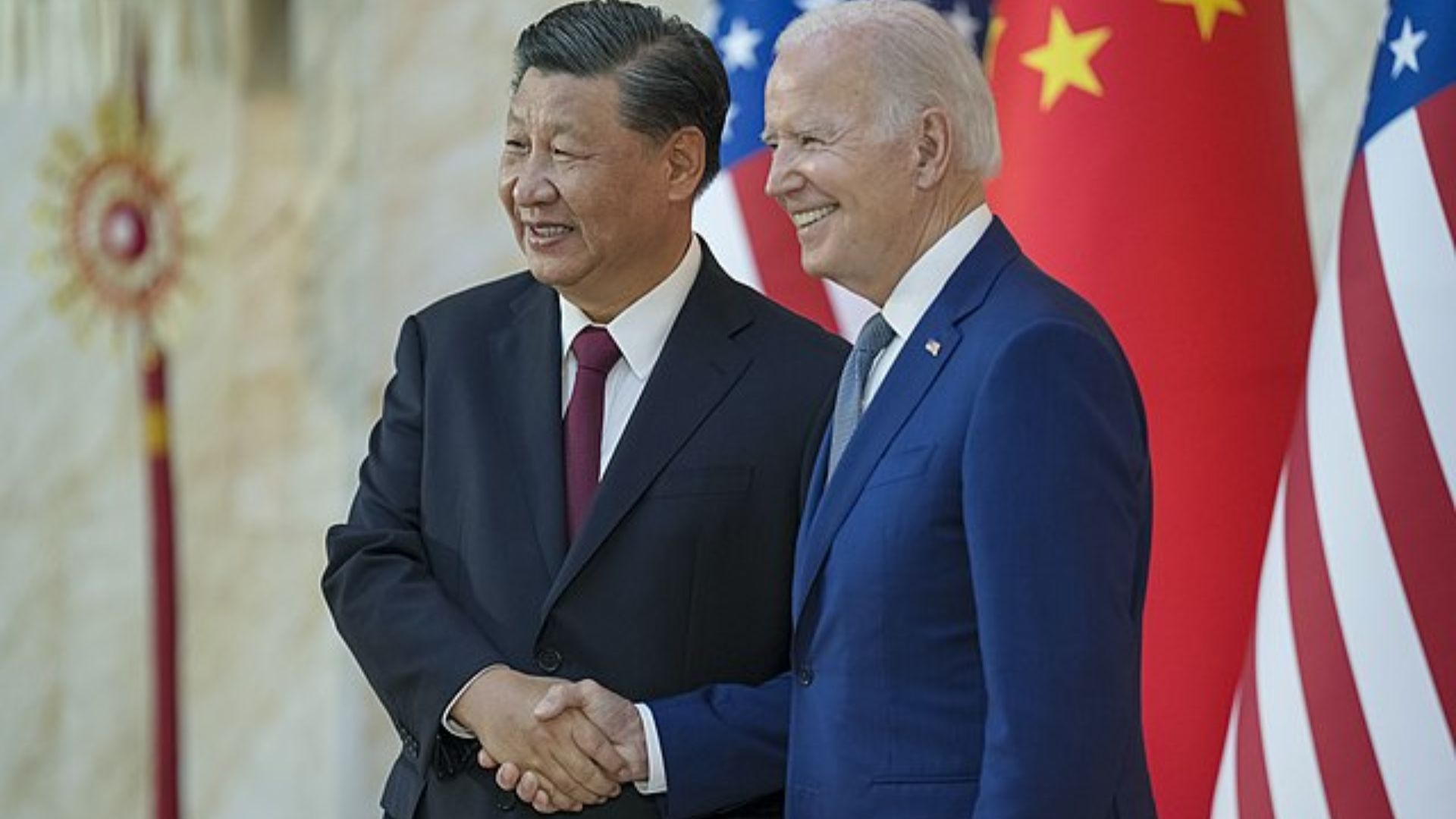
According to the Chinese state-owned opinion outlet The Global Times, the selection of the USS Tarawa for this exercise was directed at China as a power move.
They said the U.S. Navy chose the USS Tarawa because “the only country deemed as ‘enemy’ by the U.S. that operates a 40,000-ton amphibious assault ship in the Asia-Pacific region is China.”
Echoes of Cold War Tactics

The use of a decommissioned ship for such a demonstration by the U.S. revisits Cold War-era tactics where power displays were common.
Yet, this modern twist uses stealth technology, showcasing advancements in military strategy and hardware.
Strategic Significance Unveiled
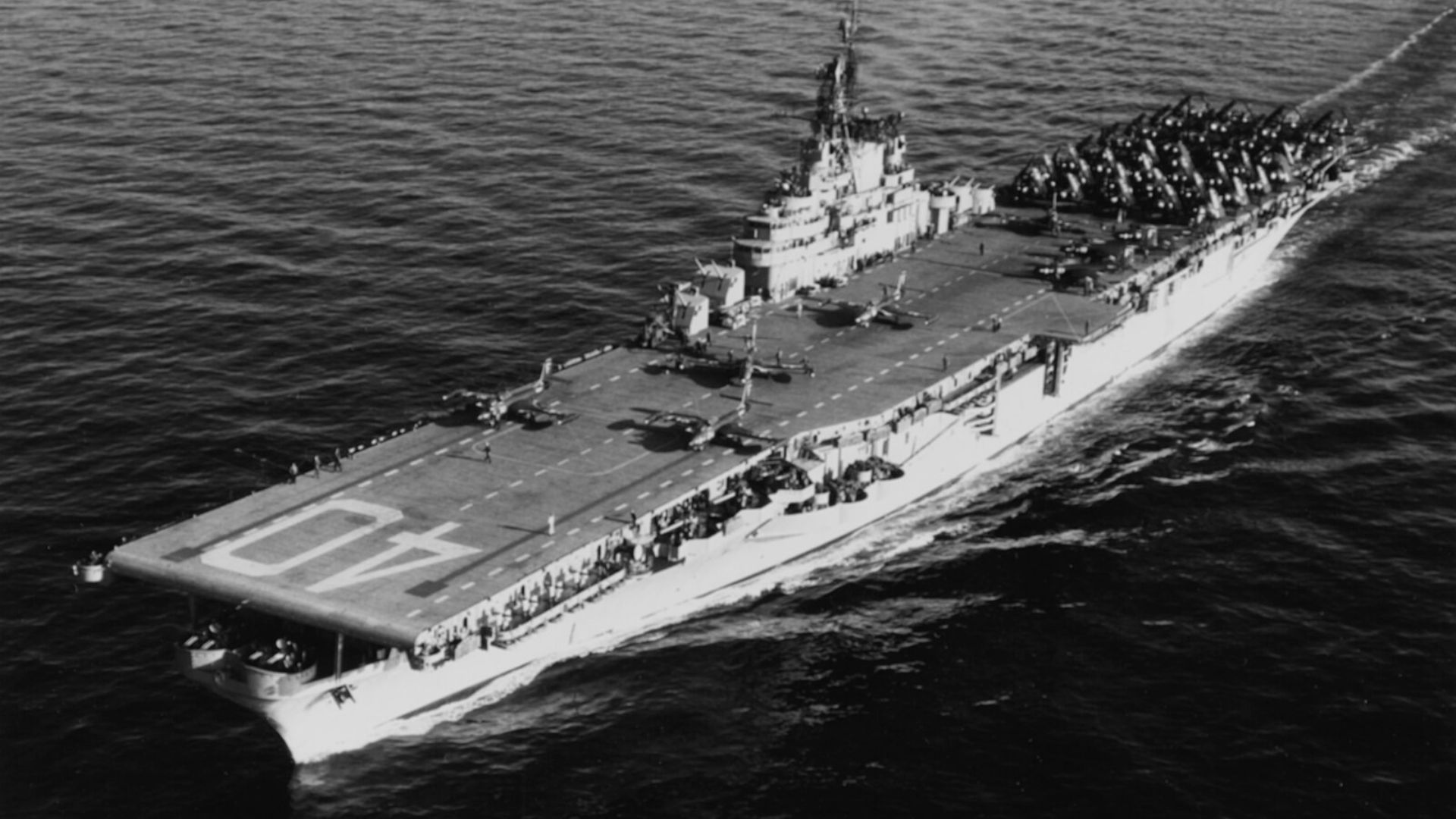
“The USS Tarawa is an amphibious assault ship that served in the U.S. from 1976 to 2009,” according to Chinese news outlet, the Global Times.
This emphasizes that despite the ship’s age, the message to modern threats remains clear and current.
Naval Chess Moves in Asia-Pacific
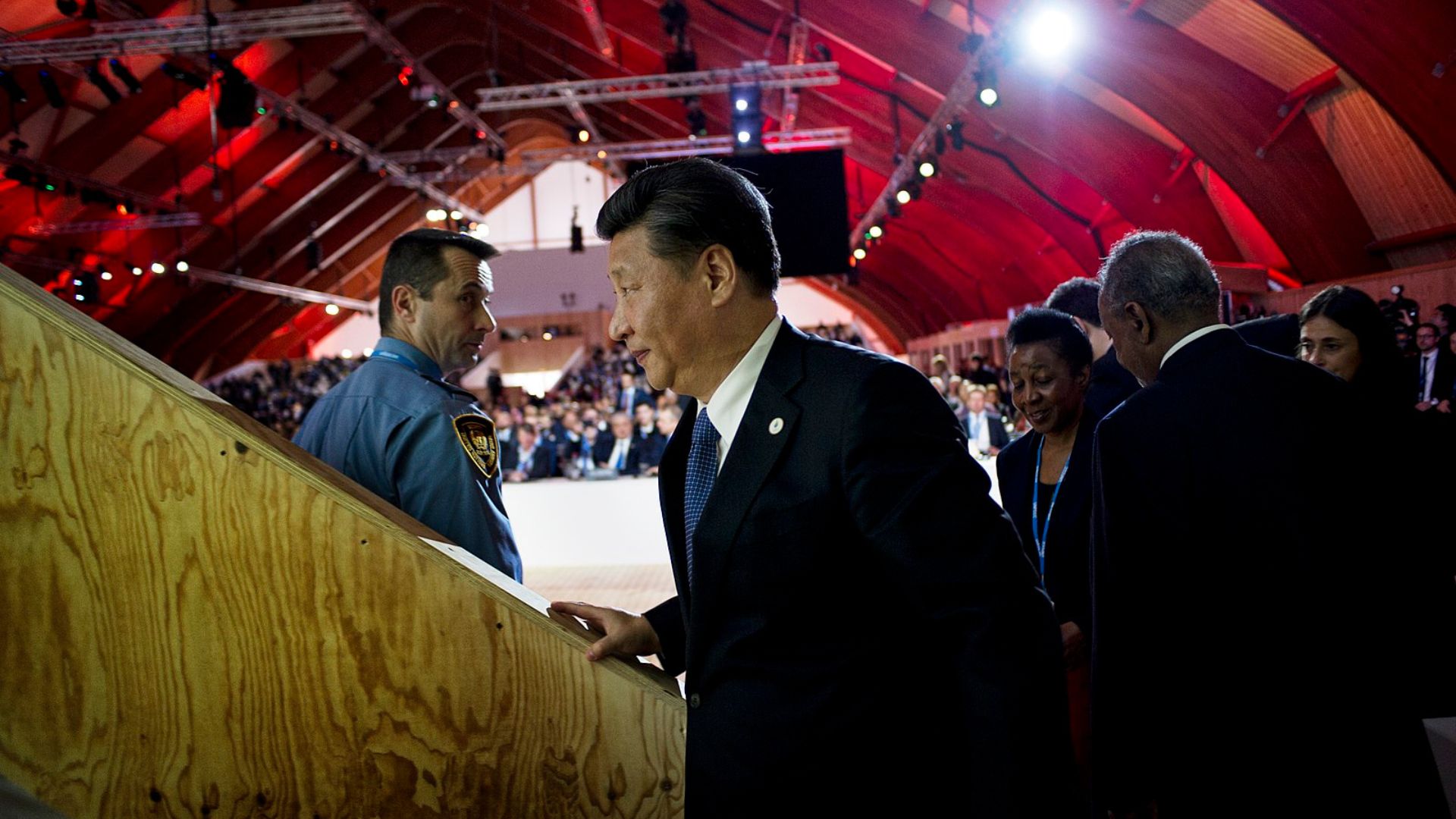
China’s recent activities around Taiwan, the Philippines and other U.S. allies indicate a strategic positioning of their naval forces.
The sinking of the Tarawa seems to be a direct response to these maneuvers, signaling U.S. vigilance and reach.
Chinese Power Moves

Experts have predicted that the sinking of the USS Tarawa was in response to China positioning ships around U.S. allies.
These allies include the Philippines, Taiwan and other areas. A huge Chinese ship intruded on Escoda Shoal, which is on Filipino waters, in July and refused to leave. The ship had not left despite claims that it had sailed home.
Chinese Ships in Alaska
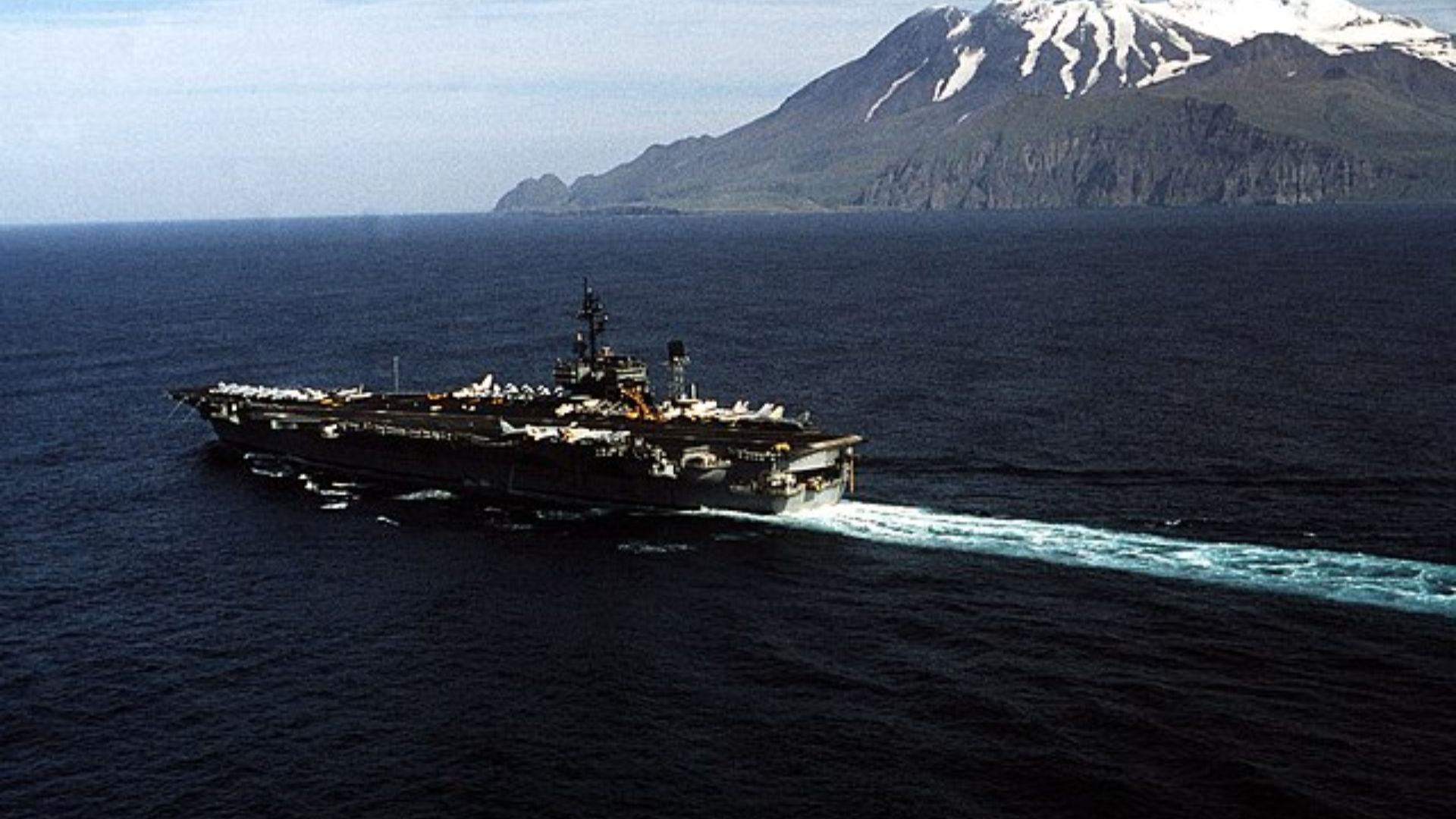
While it is not clear whether sinking the USS Tarawa was explicitly a threat to China, it would make sense if it was a retaliatory move.
China has recently upped its aggression toward the U.S. Just last month, four Chinese warships were spotted off the coast of Alaska. The warships had passed into an exclusively U.S. economic zone in the Pacific Ocean. In 2022, a Chinese-guided missile cruiser was also spotted in the Bering Sea.
Advanced Stealth Weapons
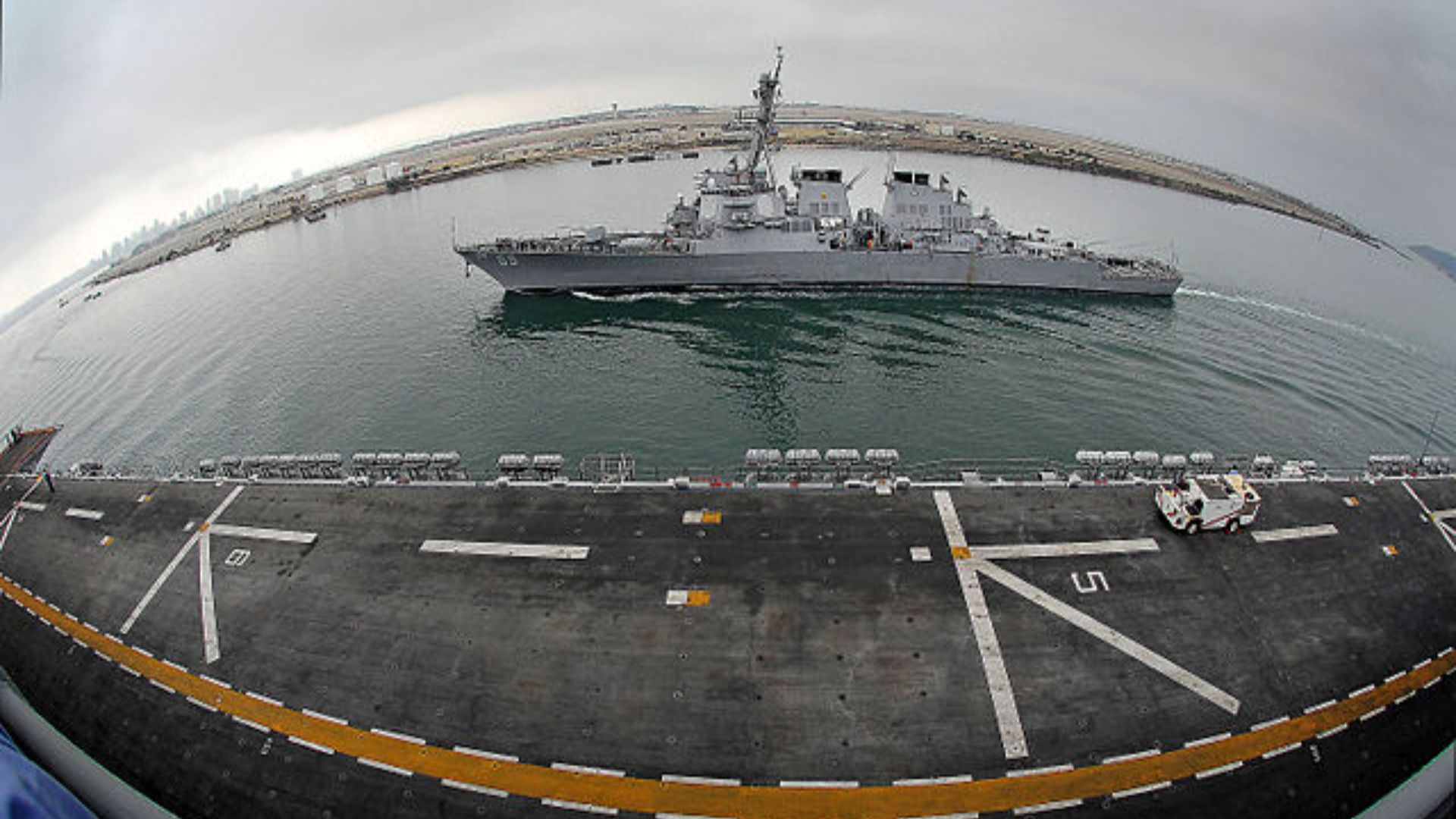
The U.S. used some of its military’s most advanced maritime strike weapons to sink the USS Tarawa.
The U.S. Navy fired the stealthy Long-Range Anti-Ship Missile, striking the target ship. However, several analysts have pointed out that this stealth weapon and the B-2 Stealth bomber could potentially be used by the U.S. Navy in a real conflict with China.
Preparing for an Attack
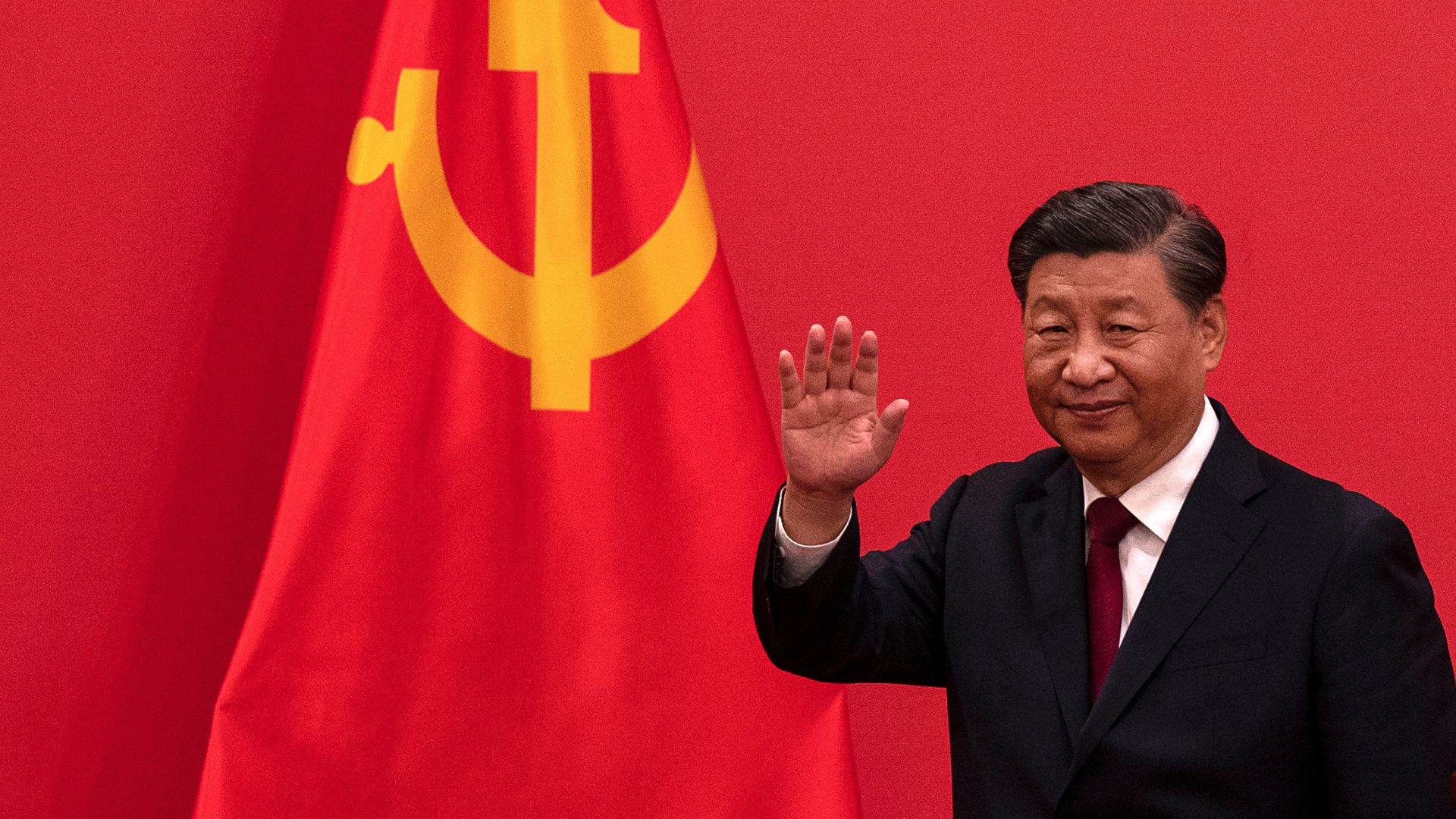
The exercise demonstrated that the U.S. military could use a cheap guided bomb to sink a large naval ship.
The Global Times said: “Some experts also suggest that the U.S. and its allies may be preparing for the potential scenario of the mainland using such a ship to attack the Taiwan island.” The exercise is perceived as a threat because it showed that the U.S. Navy could retaliate if China employed such a vessel against them.
Why Would There Be an Attack on Taiwan?

The U.S. and China have been embroiled in a long and arduous conflict over Taiwan.
Taiwan is an island that sits about 100 miles off the coast of China. While China still asserts that Taiwan is Chinese territory, the U.S. recognizes Taiwan as an independent country and is an ally. Taiwan has become a frequent subject of tension between China and the United States.
America’s Support for Taiwan
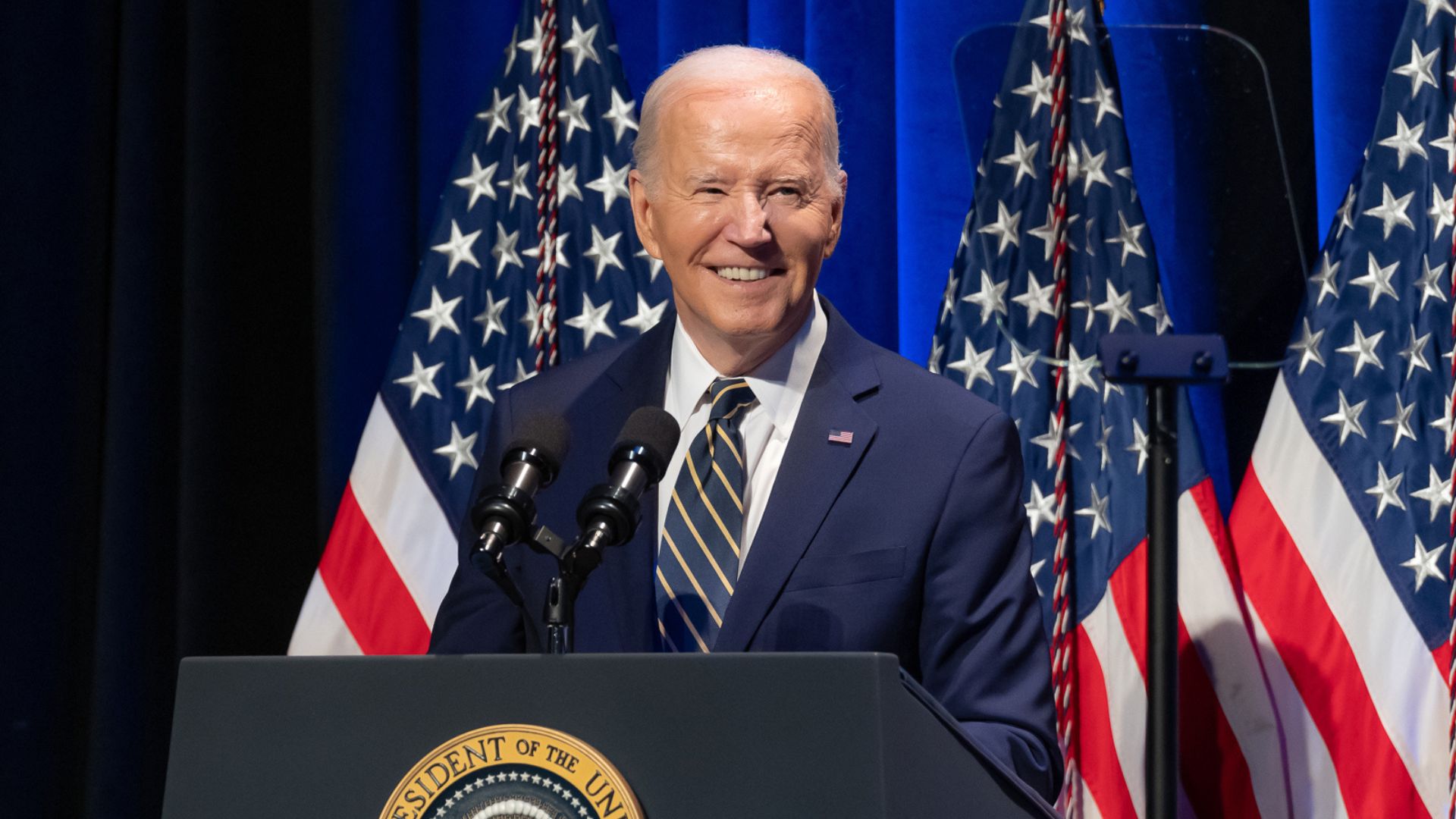
The U.S. lends its support to Taiwan partially because of where it sits in the Pacific Ocean.
The States are an ally of the Philippines and Japan as well. Their allyship with Taiwan would consolidate a balance of power in the Pacific Ocean that benefits the U.S. If China forced Taiwan to become part of its own country, this would transform the political dynamics of the Indo-Pacific region.
A Warning to China
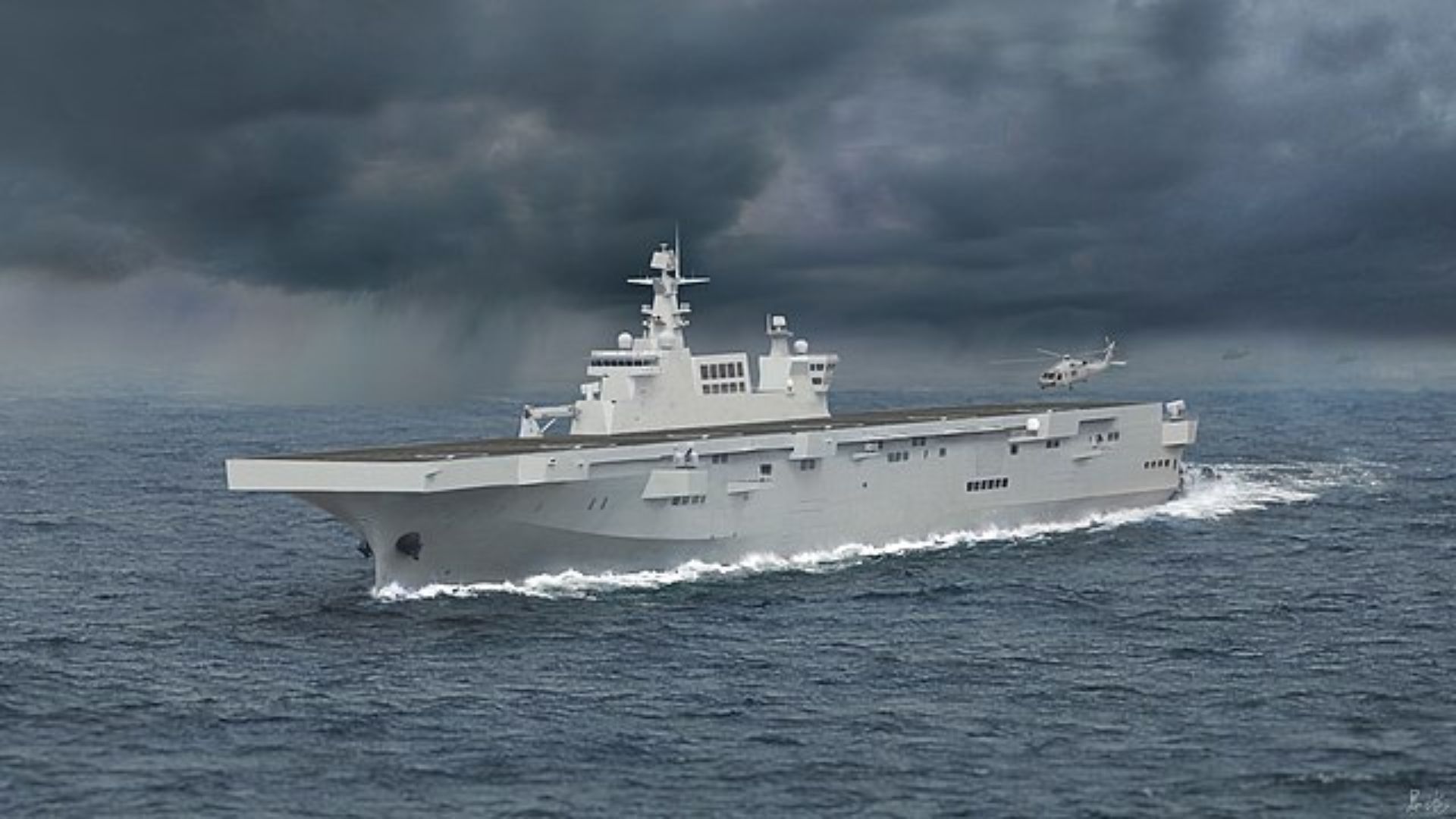
The sinking of the USS Tarawa would be a warning because the Chinese Navy has similar ships to the Pacific exercise’s target.
The USS Tarawa’s displacement of up to 40,000 tons is similar to that of the Chinese Type 075 assault ship. Some experts claimed that this exercise meant that the U.S. and its allies could gather intel on how to sink these huge, well-protected ships.
Tensions in Taiwan
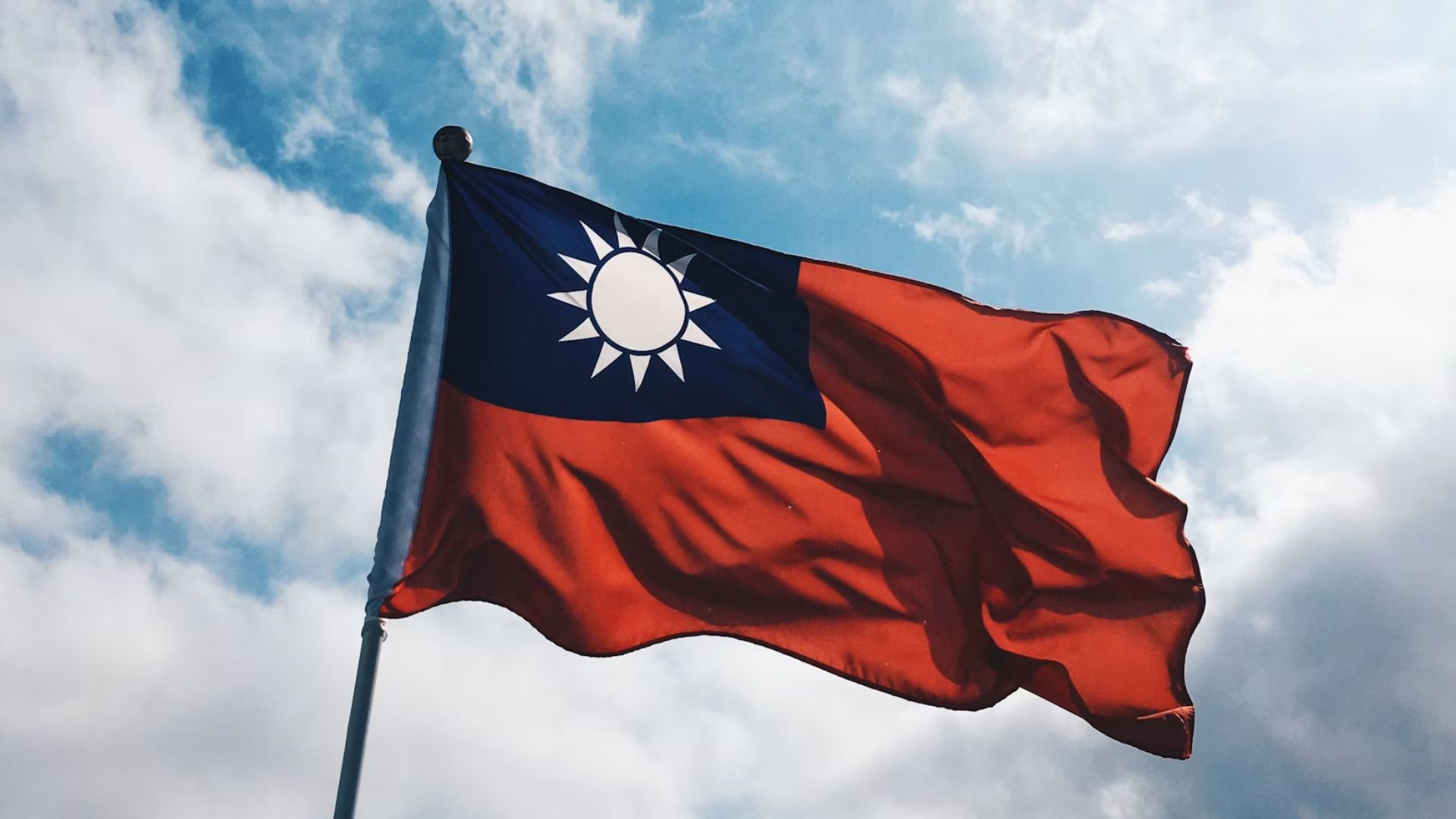
Analyses like that of The Global Times have pointed to a conflict in Taiwan amid rising tensions between the U.S. and China.
President Xi told the European Commission, Ursula von der Leyen, that America was trying to provoke China to attack Taiwan. President Xi said this in response to the States increasing the amount of weapons it was exporting to Taiwan, a country that China does not recognize as independent.
A Show of Allied Force

The sinking exercise wasn’t a solo mission, as South Korea and Malaysia also took part.
This international cooperation highlights the collaborative defense posture against common concerns in the region.
The B-2’s Stealth Strike

A bomb dropped from a stealth bomber in a surprise act redefines rapid response capabilities.
“This capability is an answer to an urgent need to quickly neutralize maritime threats,” stated the U.S. Navy.
Future of Naval Warfare
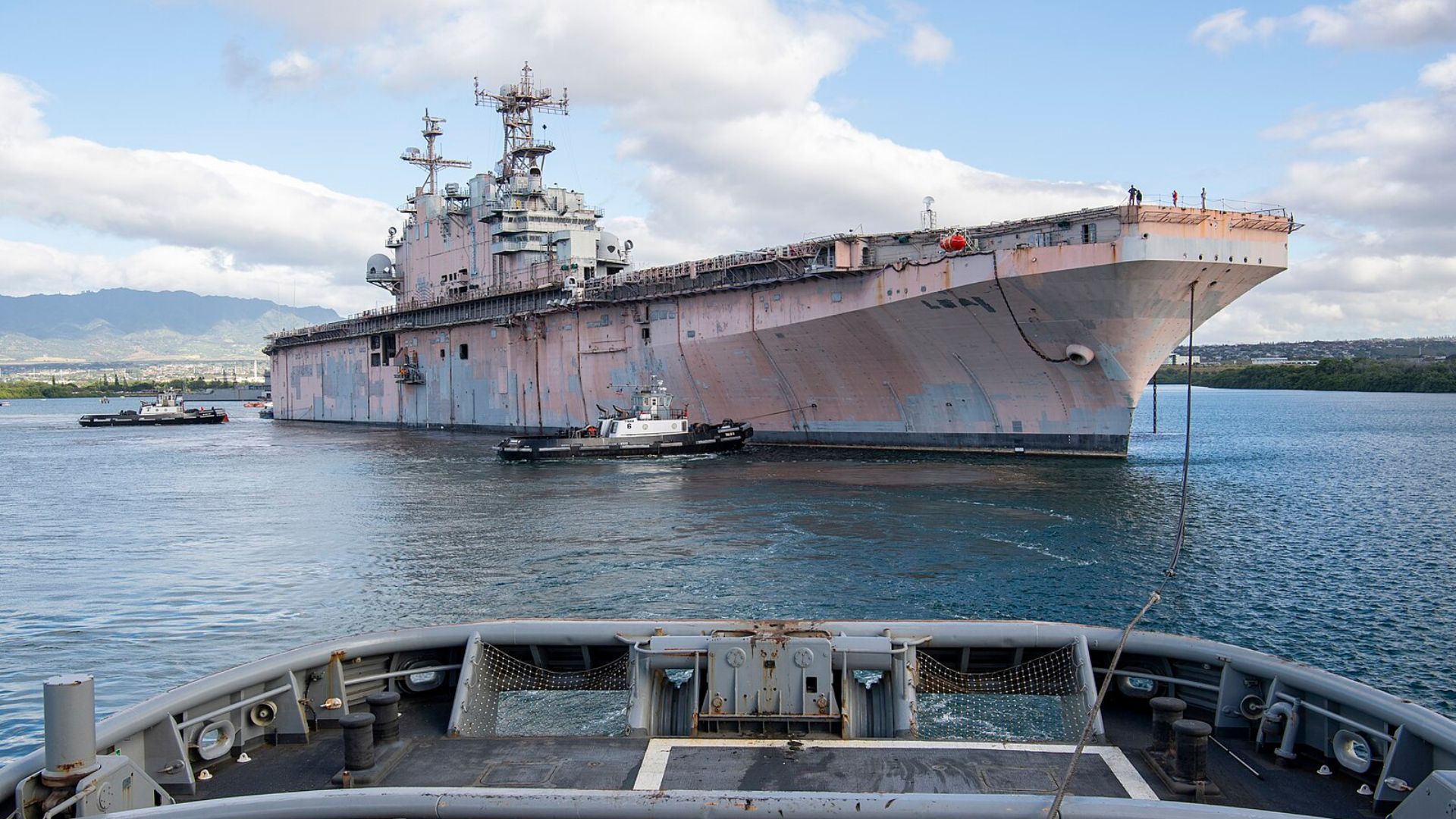
As military tactics evolve, the integration of old assets like the USS Tarawa for training and demonstration purposes provides a glimpse into the future of naval warfare.
Here, history and modern technology intersect dramatically.
Environmental Aftermath

Following the spectacle of sinking a massive ship, the U.S. Navy faces the challenge of mitigating environmental impact.
Removing debris and contaminants from the ocean is crucial to preserving marine ecosystems, reflecting a responsible military ethos.
Military Solidarity in the Indo-Pacific

“Sinking exercises give us a chance to sharpen our skills and get real-world experience,” commented U.S. Navy Vice Admiral John Wade.
These operations are not just about flexing military muscle but enhancing regional security and cooperation.
This Was Not the Only Power Move
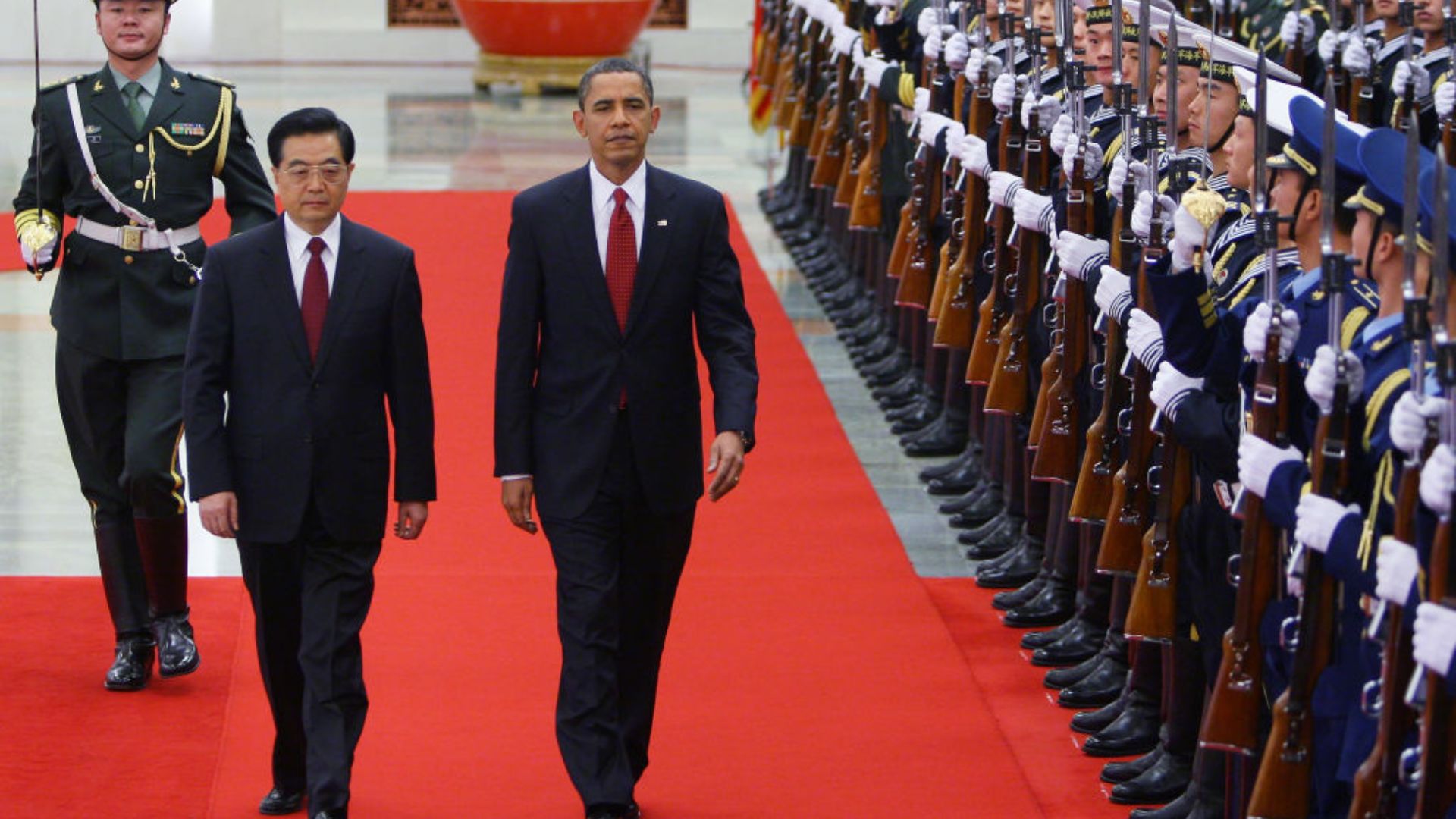
This is not the only power move the U.S. Navy has made toward China in the Indo-Pacific region.
During the Obama administration, the U.S. Navy showed its prowess by surfacing three U.S. Navy missile submarines off the coast of China in 2010. This was another demonstration of American strength in response to increasing clashes with China over Taiwan.
A New Era of Deterrence

This display of military might isn’t just about sending messages. It’s about maintaining balance in a region where power dynamics are constantly shifting.
As nations watch and react, the sinking of the USS Tarawa serves as a poignant reminder of the ongoing strategic dance among global powers.
